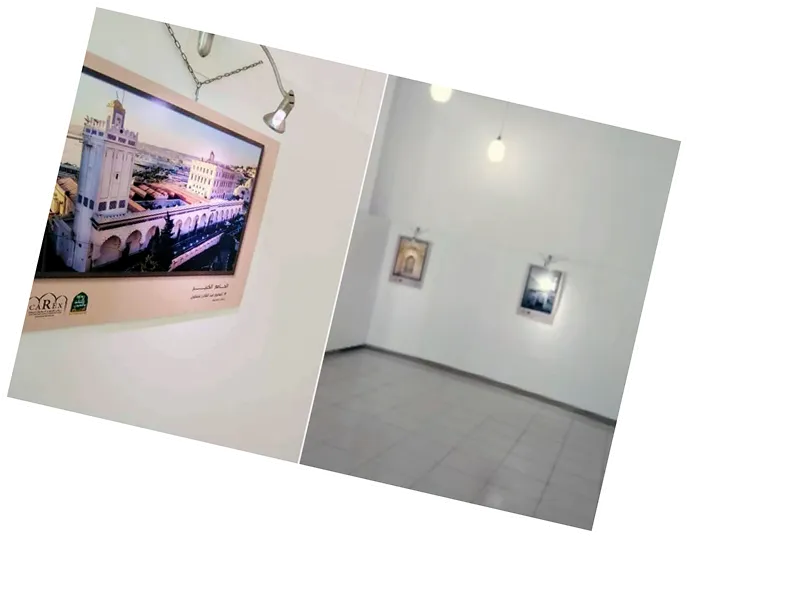José Miguel Puerta Flechette's journey into Arabic culture began unexpectedly during a university visit to the Alhambra, highlighting the transformative power of cultural heritage.
The Alhambra Palace serves not only as an architectural marvel but also as a literary canvas, where poetry and architecture intertwine to convey deeper meanings.
Puerta's work in translation and cultural exchange emphasizes the ongoing dialogue between Arabic and Spanish literature, showcasing the relevance of historical connections in contemporary contexts.
Increased interest in Andalusian heritage may lead to more academic collaborations between Spanish and Arab institutions.
The fusion of architecture and poetry in the Alhambra could inspire new artistic movements that blend visual and literary arts.
Continued exploration of cultural exchange may result in a resurgence of interest in Arabic literature among Spanish readers.
Exploring Andalusian Heritage Through the Eyes of José Miguel Puerta Flechette
In a recent interview with Al Jazeera, Spanish Arabist and academic José Miguel Puerta Flechette delves into the rich history, art, and literature of Andalusia, emphasizing his personal journey of discovering the Arabic language and culture. His fascination began during a visit to the iconic Alhambra Palace in Granada, where he was introduced to Arabic inscriptions that sparked a lifelong passion for Arab and Islamic heritage. Puerta, who obtained his doctorate in Arabic from the University of Granada, has become a prominent figure in the study of Islamic and Andalusian art, contributing significantly to the understanding of this unique cultural blend.
The Interplay of Architecture and Poetry in the Alhambra
Puerta highlights the Alhambra as a unique fusion of architecture and poetry, where the engraved verses transform the palace into a living collection of poetic expressions. He notes that the Alhambra's walls feature around 100 poems, creating a dialogue between the physical structure and the literary art form. This interplay reflects the depth of thought and aesthetics in Arab heritage, showcasing how architecture serves as a canvas for poetic expression. Puerta's insights reveal the profound connection between the visual and literary arts in Andalusian culture, inviting a deeper appreciation of the historical significance of these works.
Cultural Exchange and Acculturation Between Arabic and Spanish Literature
The interview also addresses the ongoing cultural exchange between Arabic and Spanish literature, with Puerta discussing his role in translating significant works from Arabic to Spanish and vice versa. He emphasizes the importance of understanding contemporary Arabic literature in Spain, as well as the influence of Spanish writers like Federico García Lorca on Arabic literature, particularly in the context of the Palestinian cause. Puerta's contributions to this field have helped bridge cultural gaps, fostering a greater appreciation for the interconnectedness of these literary traditions.





